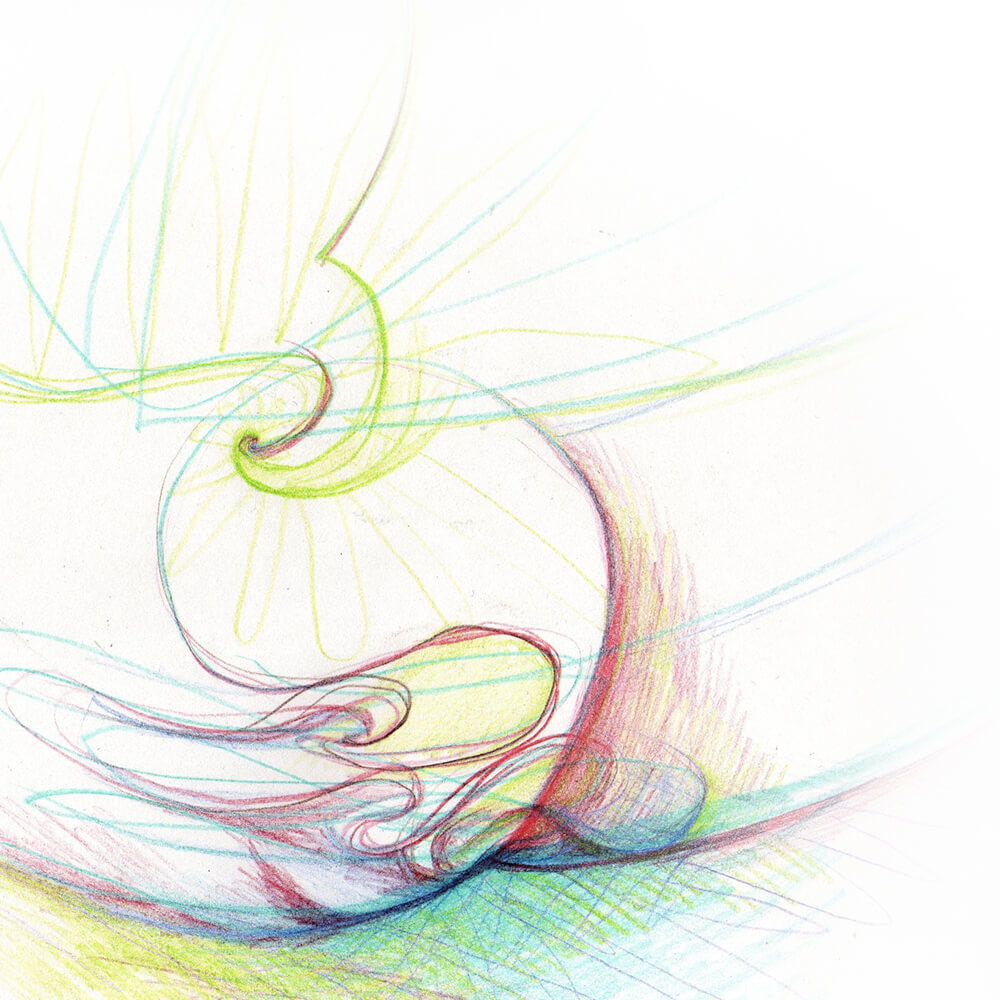A Creative Ritual for Every Lunar Cycle

New Moon April 27, 2025
Once the entire world is yourself,
What could a life of solitude add?
—Mahadeviyakka, 12th century (trans. Jane Hirshfield)
You are the wild iris of this moment
This world is all fog, all sun
White flower petals on green stems
An icy brown plain of opened catkin
By the stream you come in my perfect need
Up from hidden clefts in shadowed canyon
Close upon the sensual changing day
I fall to my knees
I cry in your presence
You are my favored intoxicant
All merged, all banished alone, all reunited
You are the world as it is
Breathing viriditas as springtime waltz
Over everything, pollen yields scented frisson
Father of cups, mother of light on water
Look, feel, cloud presence, here! now!
A smiling purple nod from radish in the grass
Nothing happens without you









